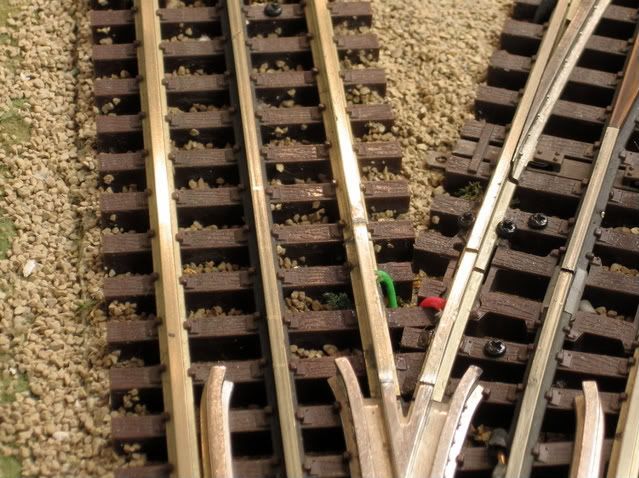Peter,
Whatever changes you make, go slowly until you are comfortable that it is the proper solution for Your Application.
I have 58 turnouts: 46 Atlas with their original solenoid machine, and 12 RCS with DZ1000's. I have not had a single Atlas machine failure in over two years of operation, but experienced numerous failures with the DZ1000's for about a year, and now occasionally.
No, the DZ1000's do not burn up; instead, they fail to throw the points reliably. Sometimes they do not throw all the way, other times they make it all the way but then bounce back. I tried operating them at voltages from 12VAC to 18VAC, and none yielded reliable operation. I settled on 18VAC to operate both the Atlas and the DZ1000's as that was the best; at least in my case.
Fortunately, the RCS-DZ1000's malfunctions have not posed a big problem for about the last year or so. The reason is that while the DZ1000's themselves may have not fully advanced to the 'locked' position (the small knob fully to the end of the semicircular groove), the points are close enough not to cause a derailment.
I have all the turnouts wired to five AIU's as well as in parallel to center-off, momentary On-On toggle switches on the control panel. Of the 58 turnouts, 22 are wired as crossovers with the two turnouts that comprise the crossover connected in parallel so they can be operated with a single AIU channel or toggle switch.
Good luck with the approach you select!
Alex
PS. In case the year(s) of manufacture make a difference: I bought all my Atlas and RCS (w/DZ1000's) turnouts from Bob Thatcher (AM Hobbies) in 2010.






















